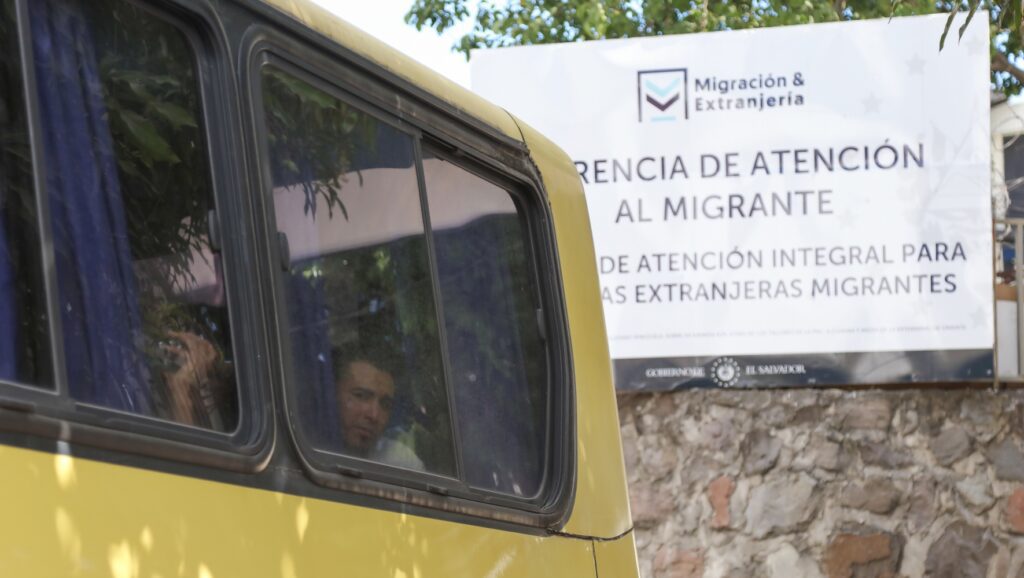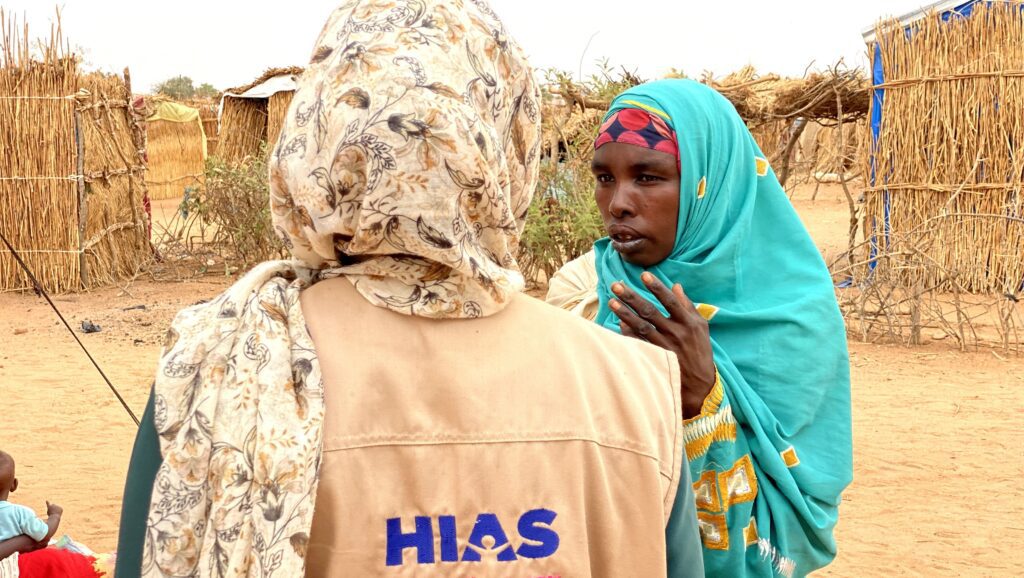In recent years, immigration and the U.S.-Mexico border have become central to the political conversation in the United States. Rhetoric has focused on stoking anti-immigrant sentiment and disinformation instead of reasonable, achievable, and humane border management and asylum policies. “Standing for Rights and Safety at the U.S. Mexico Border,” a HIAS update call held March 28, sought to counteract this phenomenon. HIAS experts discussed current conditions at the border and more broadly across the region, the kind of solutions and leadership it will take to address them, and how people can help.
To understand the situation at the U.S.-Mexico border, it is important to take a look at broader trends in displacement throughout the Latin America and Caribbean (LAC) region, where HIAS operates more than 75 field offices in 11 countries. Over 22 million people are forcibly displaced across LAC, representing about 19% of the total displaced population around the world. That number is expected to grow to 24 million by the end of 2024.
“Contrary to misconceptions, the majority of this population seek protection and reside within [LAC],” said Juan Carlos Pacheco, HIAS advocacy manager for the LAC region. “Colombia, Peru, and Mexico are the main destinations for refugees and those in need of international protection.”
The U.S. is also not the only country seeing an increase in anti-immigrant rhetoric and legislation during an election cycle. Rumors and misinformation targeting refugees, migrants, and non-governmental organizations (NGOs) in the field abound while six countries in the region, including Mexico and Panama, will hold elections this year. Additionally, many LAC countries have responded to the increase in forced displacement with measures, such as military action at borders in the region, to deter and impede access to protection.
For those seeking asylum in Mexico or those who intend to continue their journeys north to the U.S., HIAS operates eight offices providing legal, mental health, and gender-based violence prevention programs. Blanca Lomeli, HIAS Mexico country director, recounted the story of 26-year-old man from Venezuela who was severely injured during the fire at a detention center in Juarez in March 2023. The man, who had fled to Mexico due to political persecution in his home country, had been arrested for selling flowers in the street. When the fire broke out, he was unable to escape and suffered debilitating burns.
“The point that I want to highlight here is that he was doing the right thing,” said Lomeli. “He was seeking an appointment [to ask for asylum in the U.S.] He was receiving legal protection, but [even] with the paperwork that he had on him, the police didn’t care.”
Those trying to seek asylum in the U.S. by using the U.S. Customs and Border Protection application CBP One continue to face major obstacles, including a three to six month wait for an appointment after an already long journey to reach northern Mexico. Frequent updates to U.S. policy and to the app itself continue to cause confusion for those seeking protection in the U.S.
Vanessa Dojaquez-Torres, HIAS policy counsel, provided a brief overview of recent and current U.S. policies designed to deter people from seeking protection in the U.S., such as Title 42, the “Remain in Mexico”/Migrant Protection Protocols (MPP) program, and the Asylum Ban. Over the years, she said, it has become evident that deterrence policies both are not effective in preventing people from trying to cross into the U.S. and do not address the needs of those trying to seek safety in the U.S.
“People are not coming to the border because it is their first choice or their best option,” said Dojaquez-Torrez. “They’re coming because it is their only option. These deterrence policies [are] not effective because that has nothing to do with why people are coming here.”
Dojaquez-Torrez also spoke about ways to improve the situation for asylum seekers, including increasing resources for asylum officers so that they can meet the needs of seekers and expanding access to ports of entry so that fewer people will cross the border irregularly. In addition, speeding up the work permit process for asylum seekers — who currently wait 180 days after filing for asylum to receive authorization — would help asylum seekers and the communities that they live in.
For those in the U.S. looking for ways to help asylum seekers, Rebecca Kirzner, HIAS’ senior director of grassroots advocacy and organizing, encouraged participants to ask their elected officials to uphold a just asylum system and reach out to HIAS staff for more opportunities to engage in advocacy. For those with legal expertise, HIAS’ pro bono network offers opportunities to provide legal support to asylum seekers.



